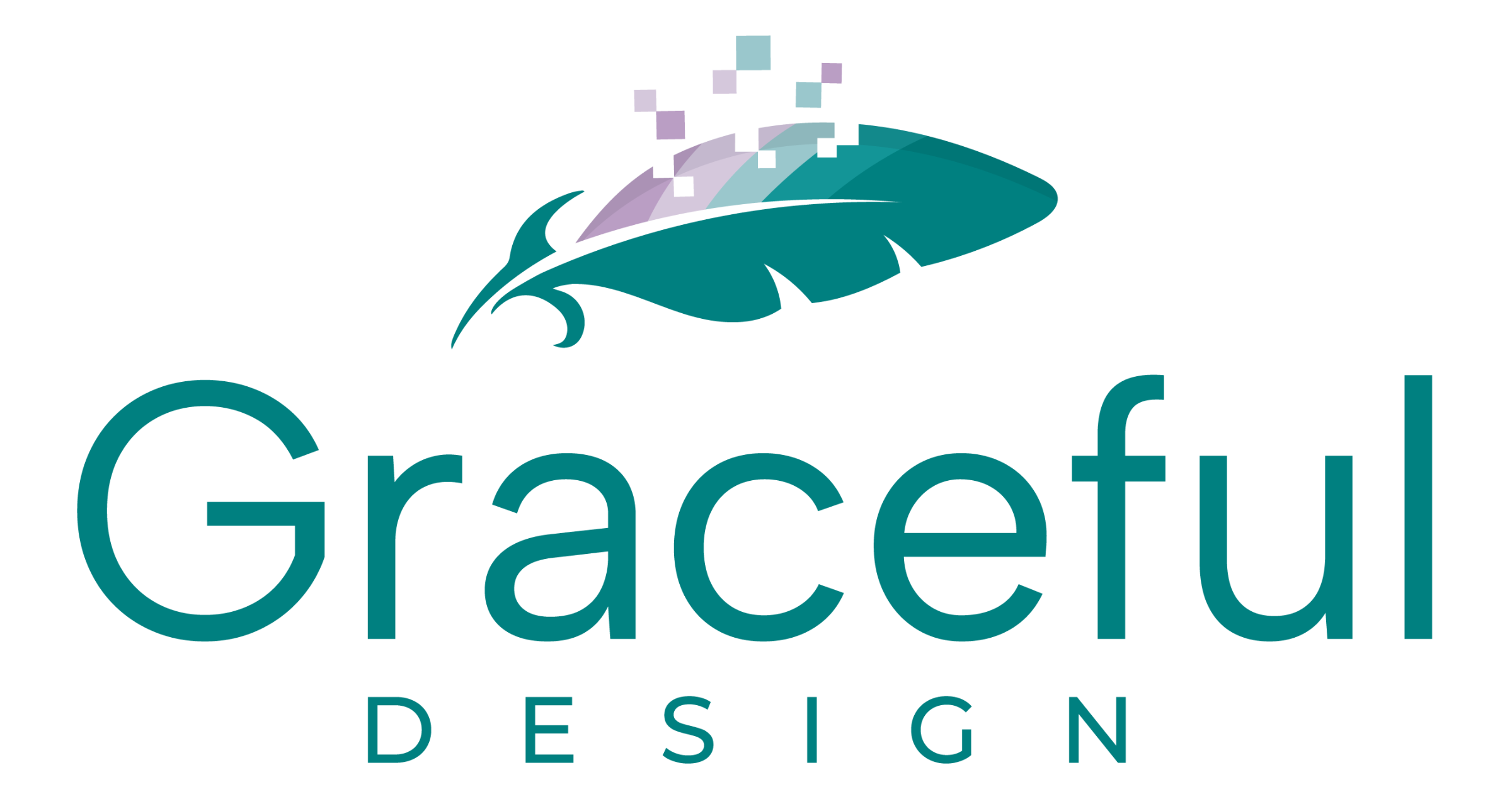Backlinks are crucial for building your website’s credibility and authority. High-quality backlinks from reputable sites can enhance your domain authority (DA) and improve your search engine rankings. However, not all backlinks are beneficial. Spammy backlinks can damage your website’s reputation and negatively impact your SEO performance.
This guide will walk you through how to identify backlinks pointing to your site and how to remove the spammy ones that could harm your domain authority.
Understanding Backlinks and Their Importance
Backlinks, also known as inbound links, are links from other websites that direct users to your website. Search engines, like Google, consider backlinks as a vote of confidence in your content. Quality backlinks from authoritative websites can help improve your rankings in search results. However, backlinks from low-quality, spammy, or irrelevant websites can do more harm than good. This can lead to penalties from search engines, resulting in a drop in rankings.
How to Find Your Backlinks
To manage and monitor your backlinks, the first step is identifying them. Several tools can help you do this:
- Google Search Console: Google provides an excellent free tool to check backlinks. Here’s how:
- Sign in to Google Search Console.
- Select your website and navigate to Links on the left-hand menu.
- Under Top linking sites, you can view the domains linking to your site.
- Ahrefs: A comprehensive paid tool for tracking your backlinks. It provides in-depth reports on the quality of your backlinks and highlights any toxic links that may need attention.
- Moz Link Explorer: Another paid tool that offers insights into your domain’s link profile, including both high-quality and potentially harmful backlinks.
- SEMrush: SEMrush’s backlink audit feature offers powerful insights into your link profile. You can analyze the authority score of referring domains and identify any toxic links.
Identifying Spammy Backlinks
Spammy backlinks typically come from low-quality, irrelevant, or suspicious websites. Here are a few indicators of a spammy backlink:
- Links from websites with a low domain authority score.
- Links from websites that have nothing to do with your industry or niche.
- Links from websites that seem to exist solely for the purpose of creating backlinks (link farms).
- Backlinks with over-optimized anchor text (e.g., repeating the same keywords too often).
- Backlinks from websites with foreign languages or countries irrelevant to your business.
You can identify these harmful backlinks using the same tools mentioned earlier, like Google Search Console, Ahrefs, Moz, or SEMrush, which often have features to flag toxic backlinks.
How to Remove Spammy Backlinks
Once you’ve identified spammy backlinks, it’s time to take action. Removing these links will protect your domain authority and overall SEO health. Here are steps to follow:
- Contact the Webmaster: The first course of action is to reach out to the webmaster of the offending website. Request them to remove the backlink. Be polite and professional in your communication. Some website owners will cooperate, while others might not respond.
- Disavow the Links: If you’re unable to remove the link manually, you can use Google’s Disavow Tool to tell Google to ignore certain backlinks to your site. Here’s how:
- Prepare a list of the spammy backlinks you wish to disavow in a .txt file.
- Go to the Google Disavow Tool.
- Select your website, upload the .txt file, and submit.
When disavowing, be cautious not to disavow legitimate links, as this can hurt your site’s SEO.
Preventing Spammy Backlinks in the Future
While it’s impossible to entirely avoid spammy backlinks, there are steps you can take to minimise them:
- Consistently Monitor Your Backlinks: Regularly checking your backlink profile will help you spot any suspicious links before they cause damage.
- Create High-Quality Content: High-quality, authoritative content naturally attracts better backlinks. Focus on creating valuable resources that other reputable websites would want to link to.
- Avoid Link Exchanges or Buying Links: While it might seem like a quick way to boost your backlink profile, engaging in link exchanges or purchasing backlinks often results in low-quality links that can harm your domain authority.
- Use NoFollow Tags: For sites where you’re unsure about the quality of backlinks (e.g., guest blogging opportunities), use NoFollow tags, which tell search engines not to pass on SEO value from that link.
Maintaining a Healthy Backlink Profile
Your backlink profile is one of the most important assets for SEO success. Monitoring and maintaining it by removing harmful links will keep your domain authority intact and ensure long-term success in the search engines. Regularly auditing your backlinks, using reliable tools, and following best practices for disavowing toxic links are all essential steps in keeping your SEO strategy strong.
By proactively managing your backlinks, you can protect your domain authority, ensure higher search rankings, and build a more resilient online presence.
